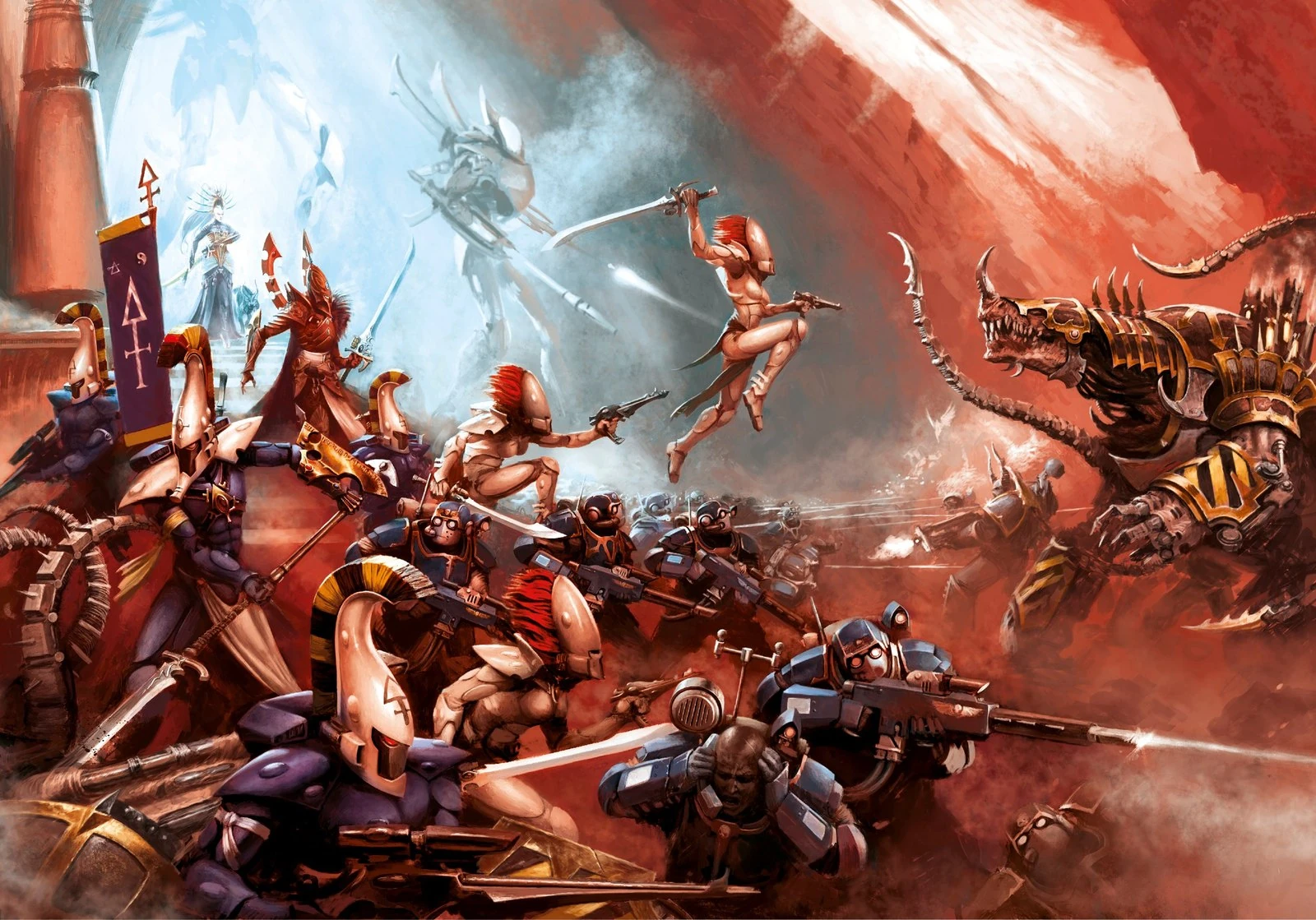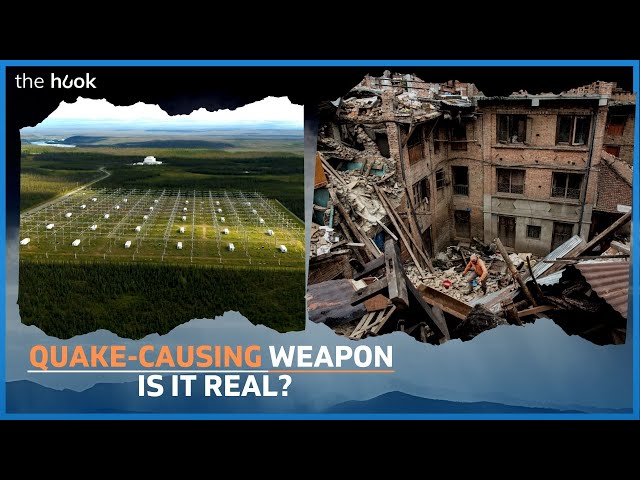In the annals of history, wars have left an indelible mark on humanity’s collective consciousness. However, behind the scenes of these epic battles and political conflicts lie the complex mechanisms of war’s industrial web. This labyrinthine realm of industrialization has played a pivotal role in shaping the outcomes of wars throughout time. By deciphering the intricate workings of this web, we can gain a deeper understanding of how industrialization has influenced the art of war.
The Complex Mechanisms: Deciphering War’s Industrial Web
War has long been intertwined with the march of technological progress, propelling nations forward in their pursuit of military might. The industrialization of war encompasses an intricate web of interconnected components, from the production of weapons and ammunition to the development of machinery and infrastructure. It involves the mobilization of vast resources, the implementation of efficient manufacturing processes, and the deployment of skilled labor forces. Each cog in this complex machinery contributes to the overall war effort, with the success of a nation often hinging on its ability to navigate and manipulate this industrial web.
At the heart of war’s industrial web lies the production of weapons and ammunition. From the ancient blacksmiths forging swords to the modern factories churning out tanks and missiles, the manufacturing of weapons has evolved alongside industrialization. As technology advanced, so too did the scale and complexity of these manufacturing processes. The mass production of firearms during the Industrial Revolution revolutionized warfare, allowing for the rapid equipping of armies on an unprecedented scale. The ability to produce large quantities of weapons in a short amount of time became a decisive factor in determining victory or defeat on the battlefield.
Another crucial aspect of war’s industrial web is the development of machinery and infrastructure. From steam engines that powered locomotives to the construction of railways and roads, infrastructure played a vital role in war’s logistical operations. The ability to transport troops, supplies, and equipment efficiently and swiftly became a significant advantage on the battlefield. Moreover, the advent of mechanized warfare, with the introduction of tanks and aircraft, further underscored the importance of machinery in modern warfare. The ability to design, build, and maintain these machines became crucial for nations seeking to gain an edge over their adversaries.
Navigating the Enigmatic Maze: Exploring War’s Industrial Evolution
As wars have evolved, so too has war’s industrial web. Technological advancements have led to the creation of new weapons systems, the implementation of advanced communication networks, and the utilization of artificial intelligence in military operations. The development of nuclear weapons during the mid-20th century forever altered the landscape of warfare, introducing a new level of destructive power and changing the dynamics of global conflicts. The harnessing of the atom for military purposes showcased the profound impact industrialization can have on the outcome of wars.
Furthermore, the digital age has ushered in a new era of warfare, with cyberattacks becoming a critical threat to national security. War’s industrial web now encompasses not only physical infrastructure but also virtual networks and information systems. The ability to disrupt or manipulate these systems can have devastating consequences, as witnessed in recent years. The evolution of war’s industrial web highlights the constant need for adaptation and innovation, as nations must navigate the complexities of this ever-changing maze to maintain a competitive edge.
War’s industrialization has shaped the course of history, molding the outcomes of conflicts and influencing the rise and fall of nations. By deciphering the complex mechanisms and exploring the enigmatic maze of war’s industrial web, we can better comprehend the intricate relationship between industrialization and warfare. As technology continues to advance, the complexities of war’s industrial web will undoubtedly expand, presenting new challenges and opportunities. Understanding and harnessing these mechanisms will remain crucial in the pursuit of national security and the quest for victory on the battlefield.
Free Speech and Alternative Media are under attack by the Deep State. Real News Cast needs reader support to survive. Please Contribute via GoGetFunding



